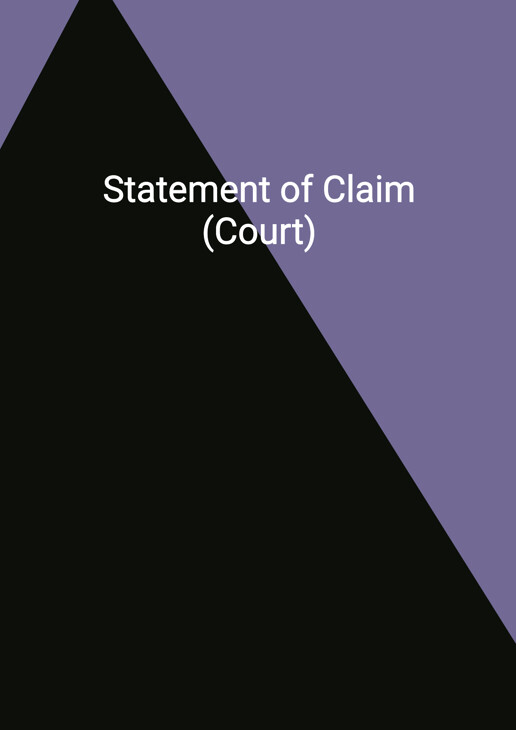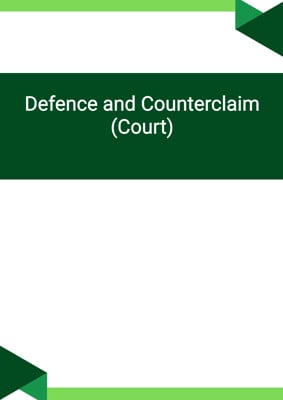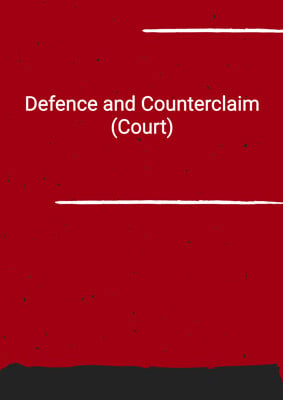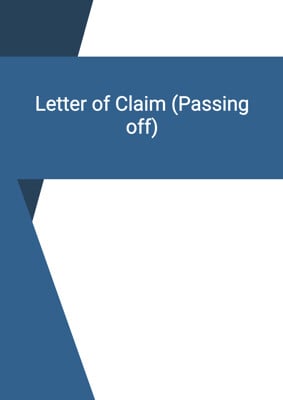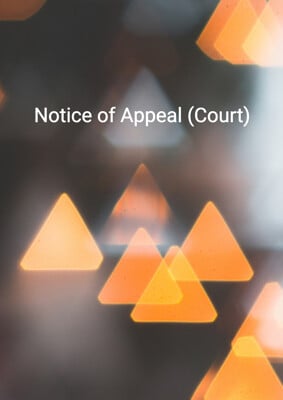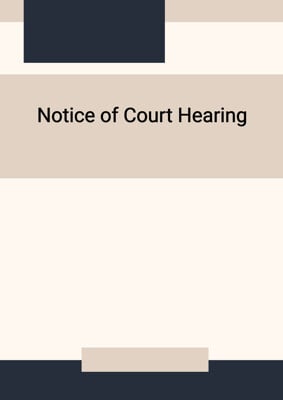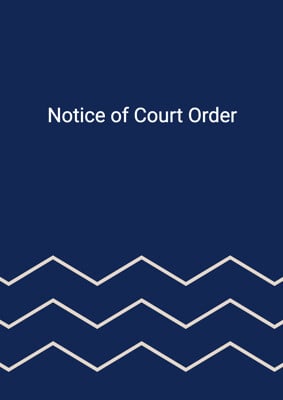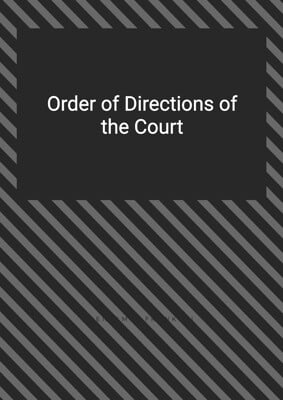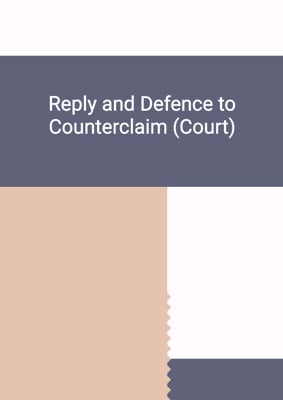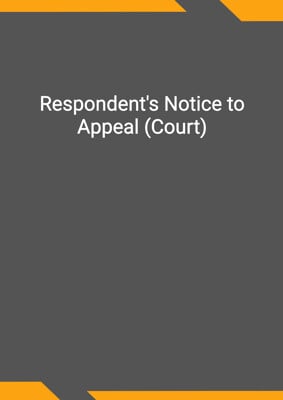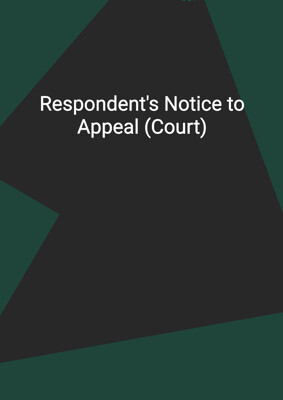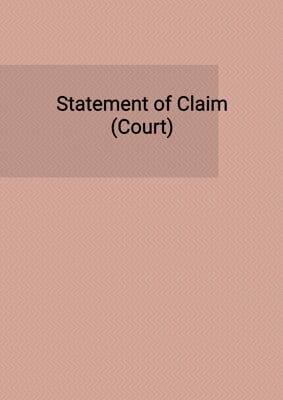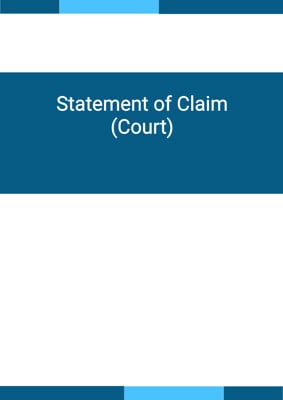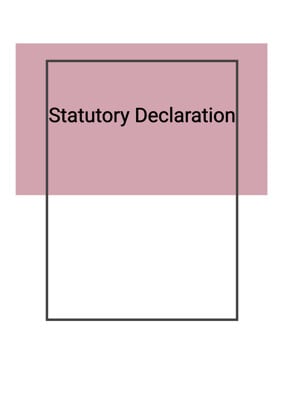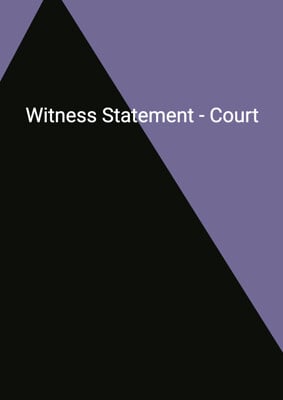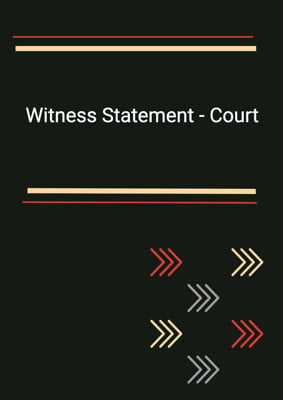How to Tailor the Document for Your Need?
01
Create Document
Click "Create Document" button and the document will be prepared with your account details automatically filled in.
02
Fill Information
Please fill in any additional information by following the step-by-step guide on the left hand side of the preview document and click the "Next" button.
03
Get Document
When you are done, click the "Get Document" button and you can download the document in Word or PDF format.
04
Review Document
Please review the document carefully and make any final modifications to ensure that the details are correct before publication / distribution.
Document Preview
Document Description
The document titled 'Statement of Claim (Court)' is a legal document used in a court of law to initiate a legal action by the plaintiff against the defendant. It serves as a formal statement outlining the plaintiff's claim and the basis for the claim. The importance of this document lies in its ability to provide a clear and concise summary of the plaintiff's case, allowing the court to understand the nature of the dispute and make an informed decision.
The entire document consists of several sections, each serving a specific purpose. The first section is the title, which clearly identifies the document as a 'Statement of Claim (Court)'. This helps in distinguishing it from other legal documents and ensures that it is filed and processed correctly.
The content of the document starts with the introduction, which includes the case number, the court's jurisdiction, and the parties involved. It states the plaintiff's name and their role as the claimant, as well as the defendant's name. This introduction provides a brief overview of the parties involved in the legal action.
The next section is the 'Statement of Claim', which is the main body of the document. It begins with a conditional statement regarding the plaintiff's claim against the defendant. The amount of the claim is specified, along with the details of the loan and its repayment terms. The 'Particulars' section follows, providing additional information about the debt and any repayments made by the defendant.
The document then proceeds to outline the facts of the case. It states that despite the plaintiff's demand for payment, the defendant has refused to pay the outstanding balance. This section aims to establish the defendant's liability and the plaintiff's right to seek legal recourse.
The final part of the document includes the plaintiff's claims, which consist of the payment of the claimed amount, interest on the sum until judgment, alternative interest as determined by the court, and costs. The plaintiff also affirms the truthfulness of the facts stated in the statement of claim and signs the document.
In summary, the 'Statement of Claim (Court)' is a crucial document that initiates a legal action and provides a detailed account of the plaintiff's claim against the defendant. It serves as a foundation for the court proceedings and helps in facilitating a fair and just resolution to the dispute.
How to use this document?
1. Enter the relevant information: Fill in the court's jurisdiction, case number, and the names of the plaintiff and defendant in the appropriate sections of the document. This ensures that the document is properly identified and filed.
2. Specify the claim amount and repayment terms: Clearly state the amount of the claim and whether it is repayable on a specific date or on demand. This information establishes the basis of the plaintiff's claim.
3. Provide particulars of the debt: Describe the nature of the debt and any relevant details, such as previous repayments made by the defendant. This helps in providing a comprehensive overview of the claim.
4. Outline the facts of the case: Clearly state that despite the plaintiff's demand for payment, the defendant has refused to pay the outstanding balance. This establishes the defendant's liability and strengthens the plaintiff's case.
5. Specify the plaintiff's claims: Clearly state the plaintiff's claims, including the payment of the claimed amount, interest on the sum until judgment, alternative interest as determined by the court, and costs. This ensures that the court is aware of the relief sought by the plaintiff.
6. Affirm the truthfulness of the facts: Sign the document and affirm that the facts stated in the statement of claim are true. This adds credibility to the plaintiff's case and demonstrates their commitment to the legal proceedings.
7. File the document: Ensure that the document is filed with the court by providing the date of filing and the plaintiff's address for service. This ensures that the document is officially recorded and processed by the court.
Note: It is important to consult with a legal professional to ensure that the document is completed accurately and in compliance with the relevant laws and regulations.
